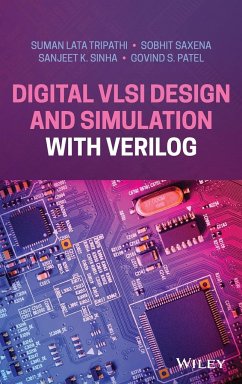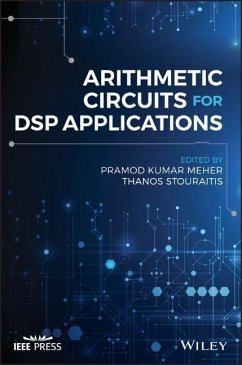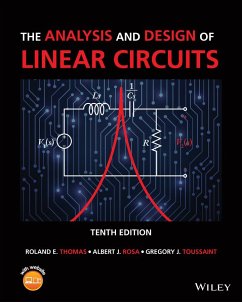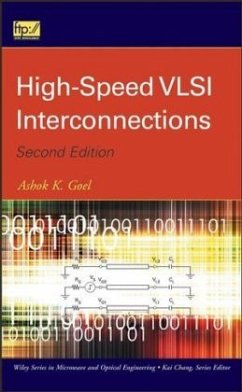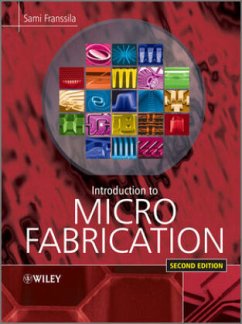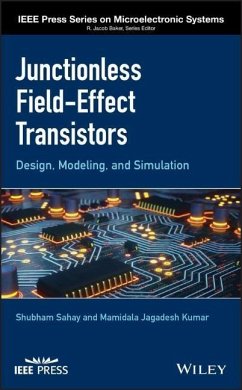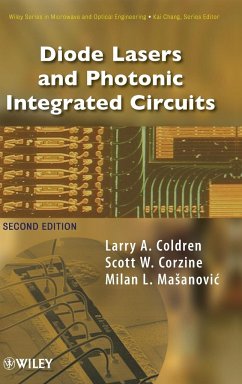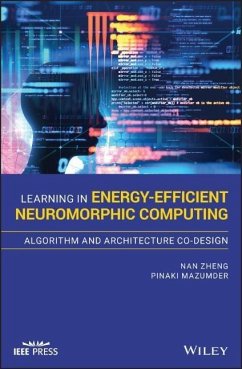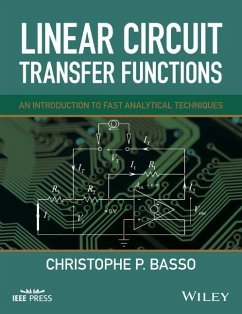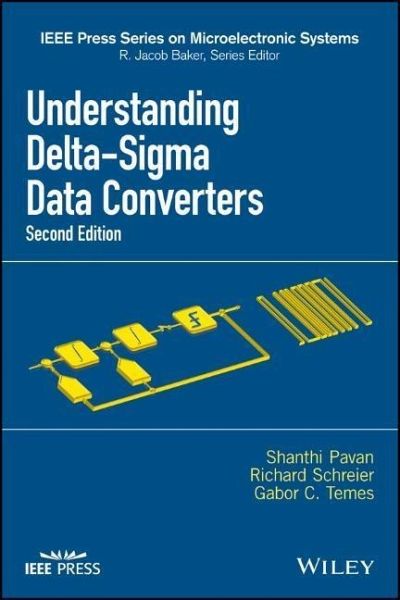
Understanding Delta-SIGMA Data Converters
Versandkostenfrei!
Versandfertig in 2-4 Wochen
146,99 €
inkl. MwSt.
Weitere Ausgaben:

PAYBACK Punkte
73 °P sammeln!
This new edition introduces operation and design techniques for Sigma-Delta converters in physical and conceptual terms, and includes chapters which explore developments in the field over the last decade_ Includes information on MASH architectures, digital-to-analog converter (DAC) mismatch and mismatch shaping_ Investigates new topics including continuous-time DeltaSigma analog-to-digital converters (ADCs) principles and designs, circuit design for both continuous-time and discrete-time DeltaSigma ADCs, decimation and interpolation filters, and incremental ADCs_ Provides emphasis on practical...
This new edition introduces operation and design techniques for Sigma-Delta converters in physical and conceptual terms, and includes chapters which explore developments in the field over the last decade
_ Includes information on MASH architectures, digital-to-analog converter (DAC) mismatch and mismatch shaping
_ Investigates new topics including continuous-time DeltaSigma analog-to-digital converters (ADCs) principles and designs, circuit design for both continuous-time and discrete-time DeltaSigma ADCs, decimation and interpolation filters, and incremental ADCs
_ Provides emphasis on practical design issues for industry professionals
_ Includes information on MASH architectures, digital-to-analog converter (DAC) mismatch and mismatch shaping
_ Investigates new topics including continuous-time DeltaSigma analog-to-digital converters (ADCs) principles and designs, circuit design for both continuous-time and discrete-time DeltaSigma ADCs, decimation and interpolation filters, and incremental ADCs
_ Provides emphasis on practical design issues for industry professionals




